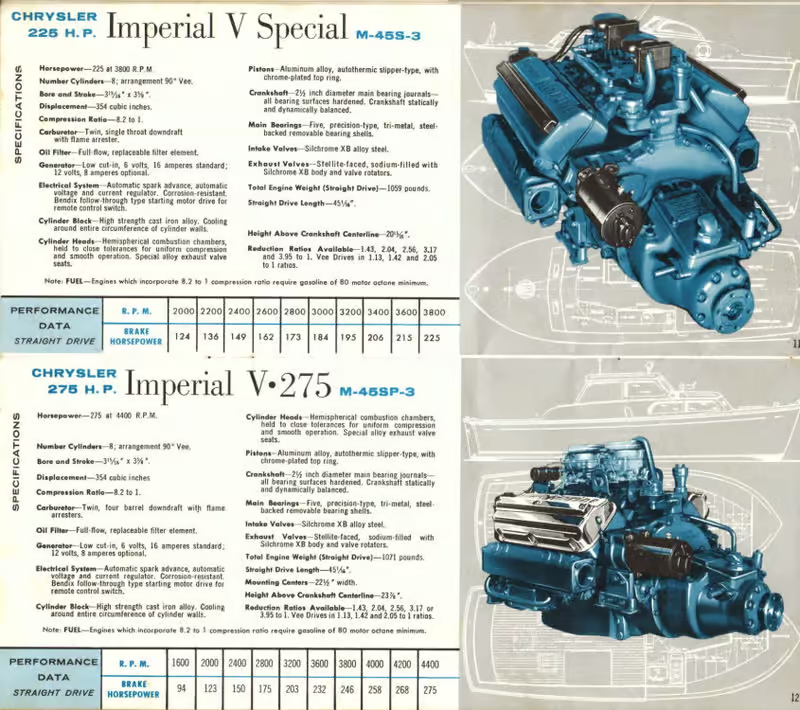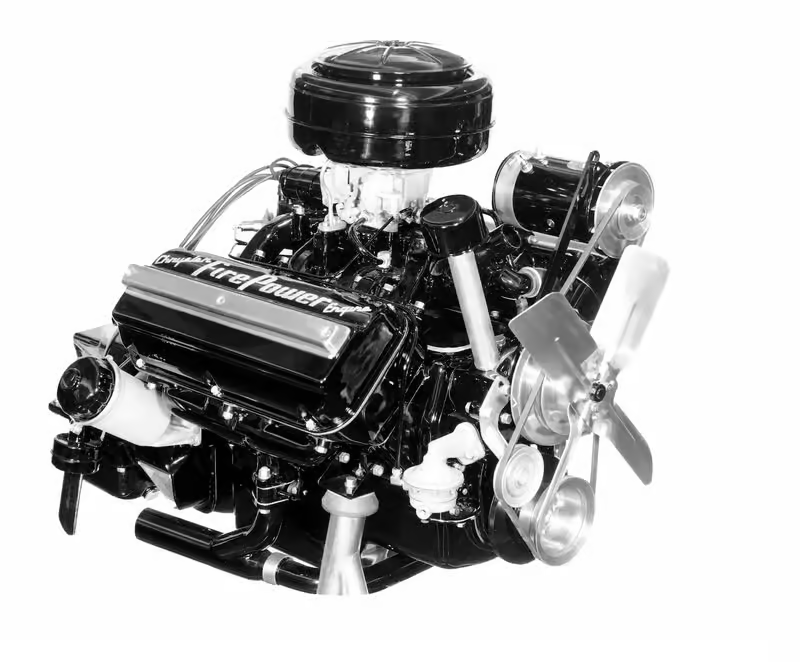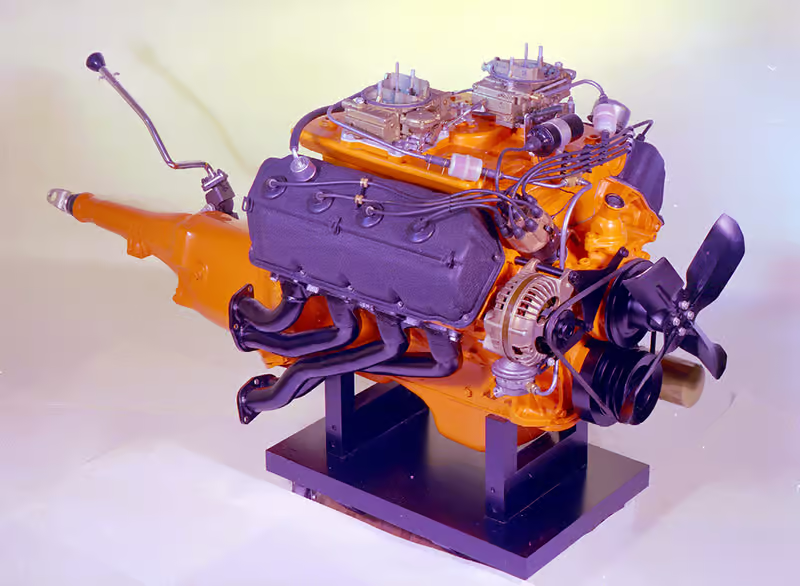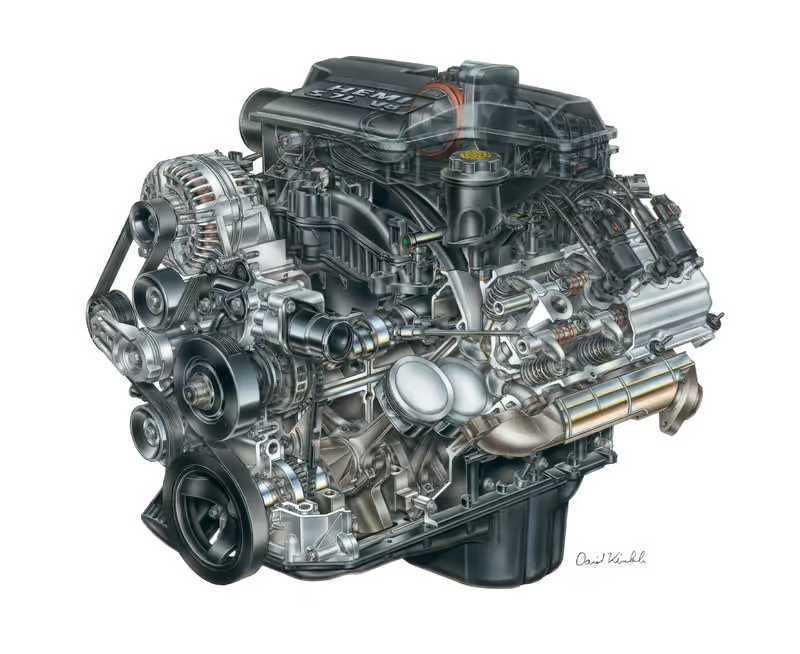Part 1 - The Hemi Engine: A Deep Dive into the Legendary Hemi Engine: History, Power, and the Road Ahead
Introduction: The Roar of the Hemi - An Automotive Icon
For those of us who live and breathe cars, the Hemi engine is way more than just a hunk of metal—it's a freakin' legend. It's the embodiment of what Mopar always stood for. Mopar represents value, where you always got more than what you paid for. And let's be real, that hemispherical combustion chamber? It's pure genius. Better airflow, max power, and it doesn't guzzle gas like there's no tomorrow. It's engineering, sure, but it's also like a perfectly composed symphony of controlled explosions. A loud, beautiful symphony that will rumble your soul.
And that sound... It's a big reason that there is so much passion from fans. And, in my honest opinion, is among the best sounding engines ever made.
The Hemi's reputation? Built on delivering insane horsepower without sacrificing efficiency. Think about it—from the rumble of a Dodge Challenger shaking the pavement to a Ram truck towing a house, the Hemi is Chrysler. Whether you're a hardcore gearhead like me or an automotive history buff, the Hemi's story is all about power, innovation, and that raw, unrelenting passion that fuels us all.
In this deep dive, we’re going to explore the Hemi’s incredible journey. From its humble beginnings, to the absolute dominance in muscle car culture, and beyond. We’ll break down its three generations, and spotlight the icon models that everyone loves; the 5.7L, 6.4L, Hellcat, Demon, and Hellaphant. Then we'll try and peek into the future and discuss the incoming emission laws, and the rush to electrification. Buckle up, because this is the best guide for everything related to the Hemi Engine.
From Boats to Burnouts: Tracing the Hemi’s Storied Past

The Hemi engine’s legacy is a tale of Mopar ingenuity and horsepower that spans over a century. And, it shows because documentation was always transparent. Here we’ll rewind and look at its history and evolution. From a boat motor, all the way to some of the most legendary muscle cars of all time.
The Genesis of the Hemi Concept: Early 20th Century Origins
Get this—the Hemi story doesn't start on the road. It starts on the water! Back in 1901, Allie Ray Welch built a two-cylinder hemispherical engine for a boat. Little did he know, he was laying the groundwork for a future automotive game-changer. This early design showed off the potential of that dome-shaped combustion chamber—better airflow, more efficient burning. Pure brilliance.
By 1905, a Belgian company called Pipe took that idea and put it in a car. Boom—the Hemi's first step into the automotive world. European race car builders like Peugeot and Alfa Romeo jumped on board, proving the Hemi's power on the track. These early days were just a taste of what the Hemi could do, a hint of the power it would unleash.
Chrysler’s FirePower Era: The First Generation (1951-1958)

Fast forward to after World War II, and Chrysler steps up. They'd been doing engine research during the war—stuff like the Republic P-47 Thunderbolt aircraft and the M47 Patton tank. That knowledge led to the FirePower series in 1951. This was the birth of the first-generation Hemi—a bunch of V8 engines ranging from 241 to 392 cubic inches.
These FirePower engines powered everything from Chrysler Imperials to Dodge trucks and DeSoto sedans. We're talking up to 390 horsepower from the 392 ci version. These engines weren't just powerful; they were tough. They set a new standard. By 1958, the first-gen Hemi had cemented its reputation.

The Muscle Car King: The Iconic 426 Hemi - Second Generation (1964-1971)

If the first generation got the Hemi noticed, the second generation made it a freakin' legend. The 426 Hemi, unleashed in 1964 for NASCAR, was a beast. They called it the "Elephant Engine" because it was massive and powerful. And it dominated. When Chrysler made a street-legal version in 1966 with 425 horsepower? It became the heart of muscle car royalty. The sound it produces it just beautiful! It's the best engine ever made!
The Plymouth Barracuda, Dodge Challenger, Dodge Charger... these cars lived because of the 426 Hemi. It was so dominant that NASCAR briefly banned it in 1965! They brought it back in 1966 after changing the rules. For enthusiasts, the 426 Hemi wasn't just an engine—it was a symbol of an era when horsepower ruled, and the streets shook with every rev.
The Modern Hemi Renaissance: Third Generation (2003-Present)

After a long break, Chrysler brought back the Hemi name in 2003 with the 5.7L Hemi. This was the start of the third generation. This wasn't just for nostalgia—it was a reinvention. They mixed classic Hemi DNA with modern tech like variable valve timing and cylinder deactivation to make it more efficient. It launched in Dodge Ram trucks, setting the tone for a new era.
But the third generation didn't stop there. Chrysler went wild with high-octane versions like the Hellcat (707 hp) and Demon (840 hp), leading to the Demon 170 in 2023. That thing put out a mind-blowing 1,025 horsepower on E85 fuel. These engines brought the Hemi into the 21st century, proving it could still hang with turbos and hybrids. And the fact it retained all of that, the Mopar engineering ethos; it can still be worked on in the garage by 'Joe-Average.'
That’s it for Part 1! We’ve covered where the Hemi came from, its rise through Chrysler’s first and second generations, and how it’s been reborn. Stay tuned to Part-2 in the coming weeks.

